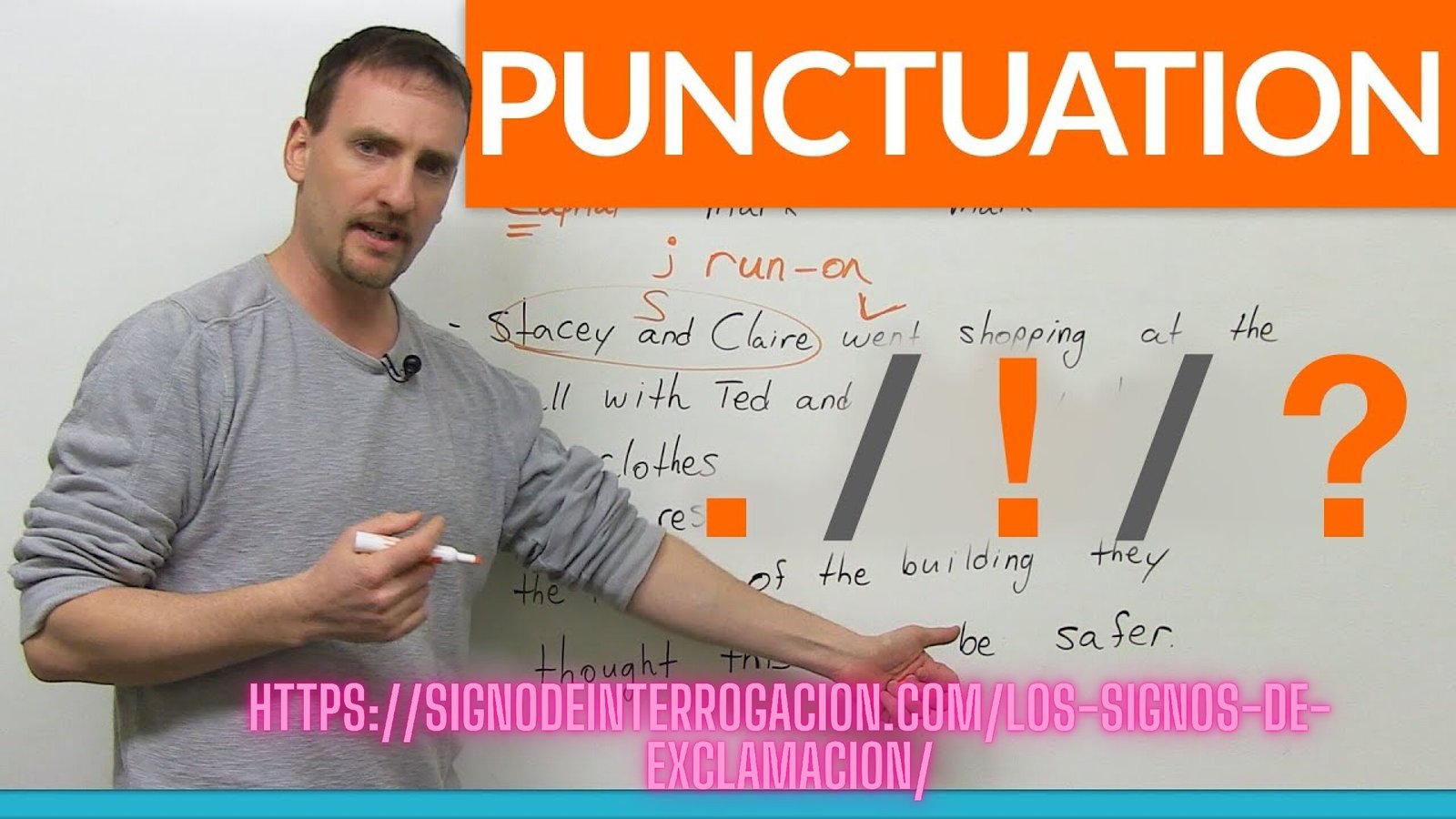Exclamation marks (¡ !) are vital in written Spanish, conveying strong emotions such as surprise, joy, or anger. This guide will explore their function, proper usage, and specific rules to ensure clarity and correct punctuation in writing.
Function of Exclamation Marks
Exclamation marks enclose sentences or phrases that express intense feelings. They provide the necessary tone and emphasis to reflect emotions accurately, making them indispensable in written communication.
Correct Usage
Interjections and Interjective Sentences
Exclamation marks often accompany interjections and sentences designed to evoke strong responses:
- ¡Oh!
- ¡Guau!
- ¡Eh!
Expressing Irony or Surprise
Exclamations can convey irony or surprise, adding depth to literary works and dialogues:
- ¡David, eres un mentiroso!
- ¡Oh, qué sorpresa me has dado!
Literary and Dialogue Use
In literature and dialogue, exclamation marks emphasize strong emotions and are often found with vocatives:
- ¡David, eres un mentiroso!
Rules for Using Exclamation Marks
Double Marks
Like question marks, exclamation marks must be used as pairs (¡ !) in Spanish:
- ¡Esto es un desastre!
- ¡No puede ser!
Spacing and Placement
Exclamation marks should be placed immediately next to the first and last words of the enclosed sentence:
- Correct: ¡Hola, pero qué hermosa estás!
- Incorrect: ¡ Hola, pero qué hermosa estás !
Combined with Vocatives
When using vocatives, exclamation marks can be inside or outside the phrase:
- ¡Esto es algo que no te concierne, para tu información!
Multiple Sentences
When multiple exclamatory sentences are present, they can be connected by commas or other punctuation, depending on the context:
- ¡Es un milagro! ¡No puedo imaginar la vida sin ti!
Repeated Words
For repeated words, enclose the entire phrase with exclamation marks:
- ¡Ay, ay, ay!
Intense Emotions
Multiple exclamation marks may be used for intense expressions:
- ¡¡¡Auxilio!!!
Special Uses
Combined with Question Marks
For sentences that are both exclamatory and interrogative, exclamation marks can be combined with question marks:
- ¡¿Estás loco?!
- ¿¡Qué estás sugiriendo!?
Irony or Sarcasm
To denote irony or sarcasm, use exclamation marks within parentheses:
- Él dice que es una persona muy correcta (!).
Warning or Danger
Exclamation marks signal warnings or dangers, often seen in digital alerts or caution signs.
Mathematical and Chess Notations
In mathematics, “n!” denotes factorial. In chess, (!) indicates a good move, while (!!) signifies an excellent one.
Exclamation Marks with Other Punctuation
Exclamation marks cannot combine with periods. However, they can be followed by commas, semicolons, colons, and ellipses:
- ¡Eres un total imprudente!
Examples
- ¡Qué hermosa casa tienes!
- ¡Ay caramba!
- ¡Eh, tú!
Importance
Exclamation marks are crucial for conveying emotions and ensuring accurate communication. Proper usage enhances reading comprehension and preserves linguistic integrity.
For more details, visit the original article on Signo de Interrogación.

